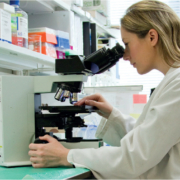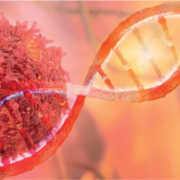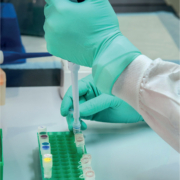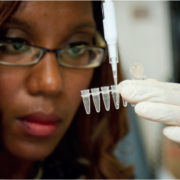Nordic Capital, Astorg jointly acquire Cytel
Nordic Capital and Astorg have jointly acquired acquire Cytel Inc. from New Mountain Capital. Cytel is one of the largest providers of statistical software and advanced analytics for clinical trial design and biometrics execution.









